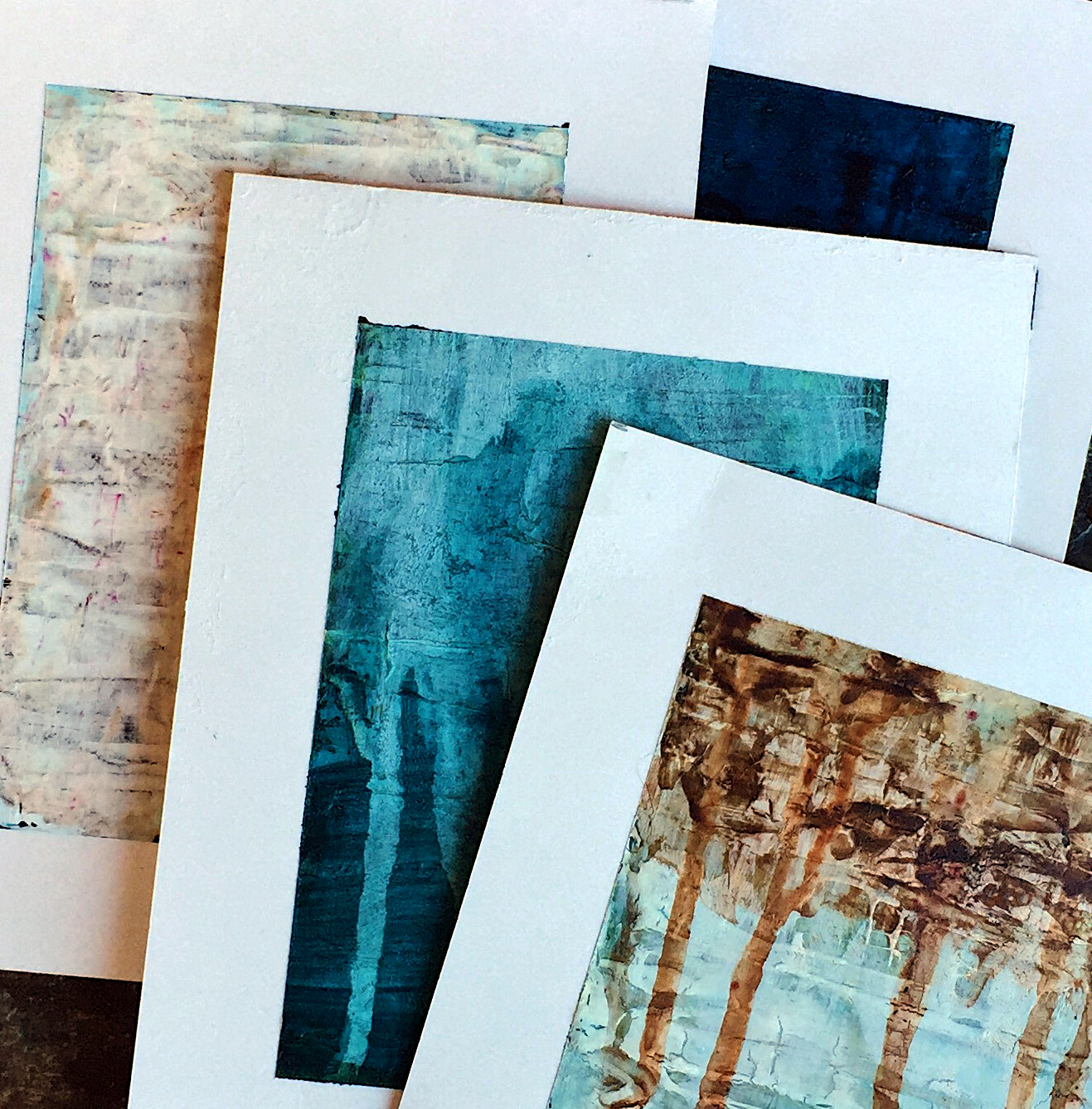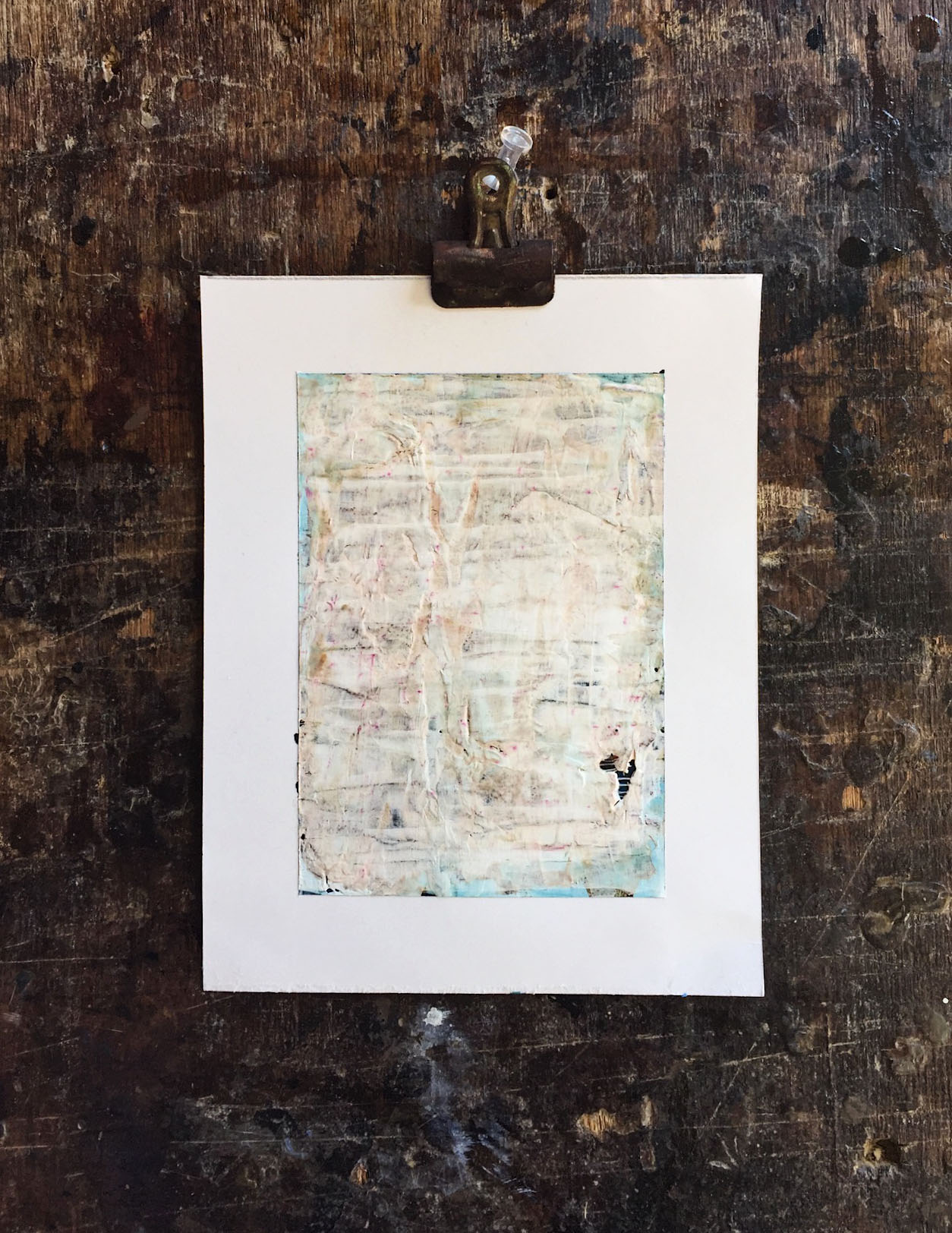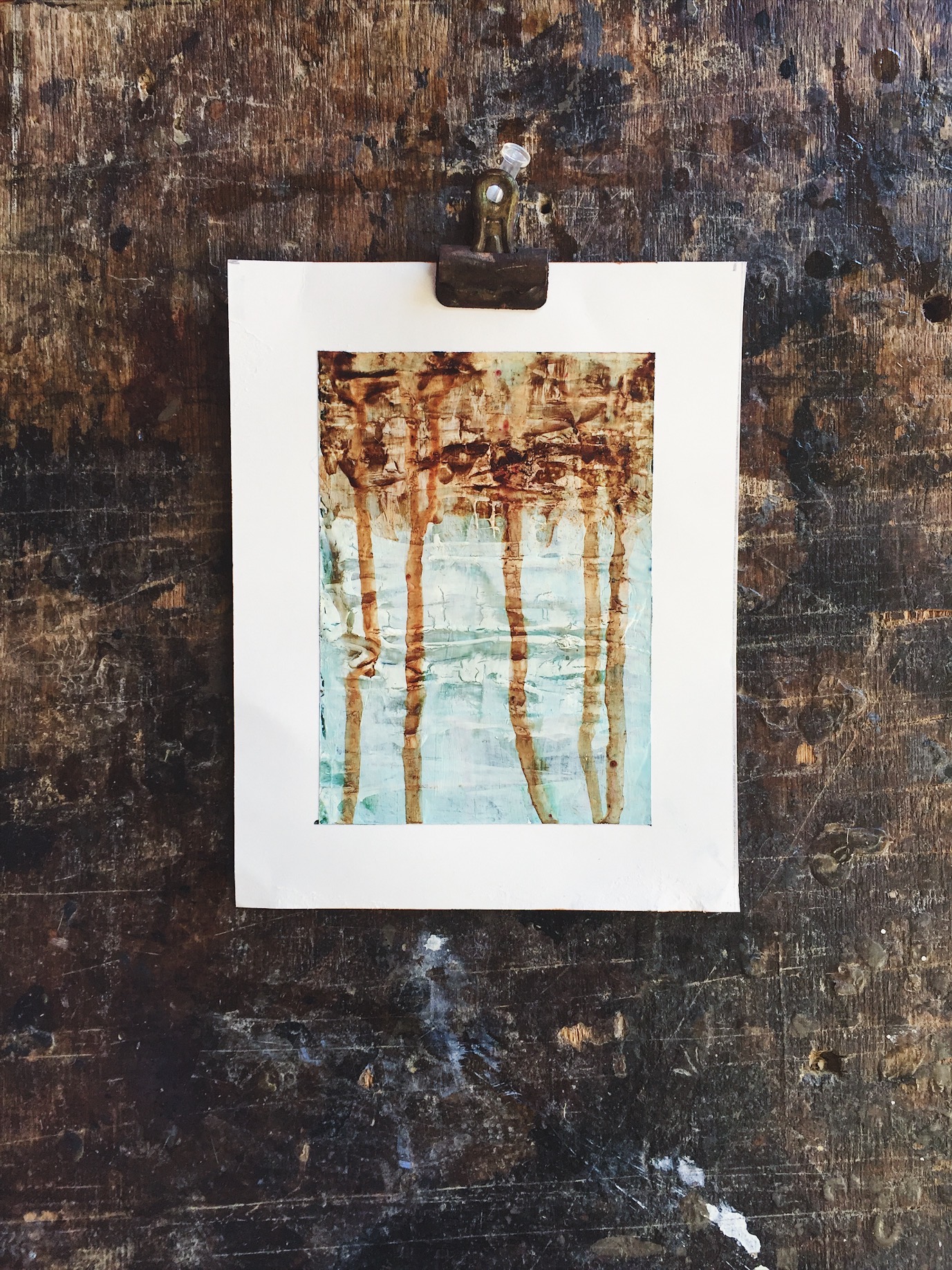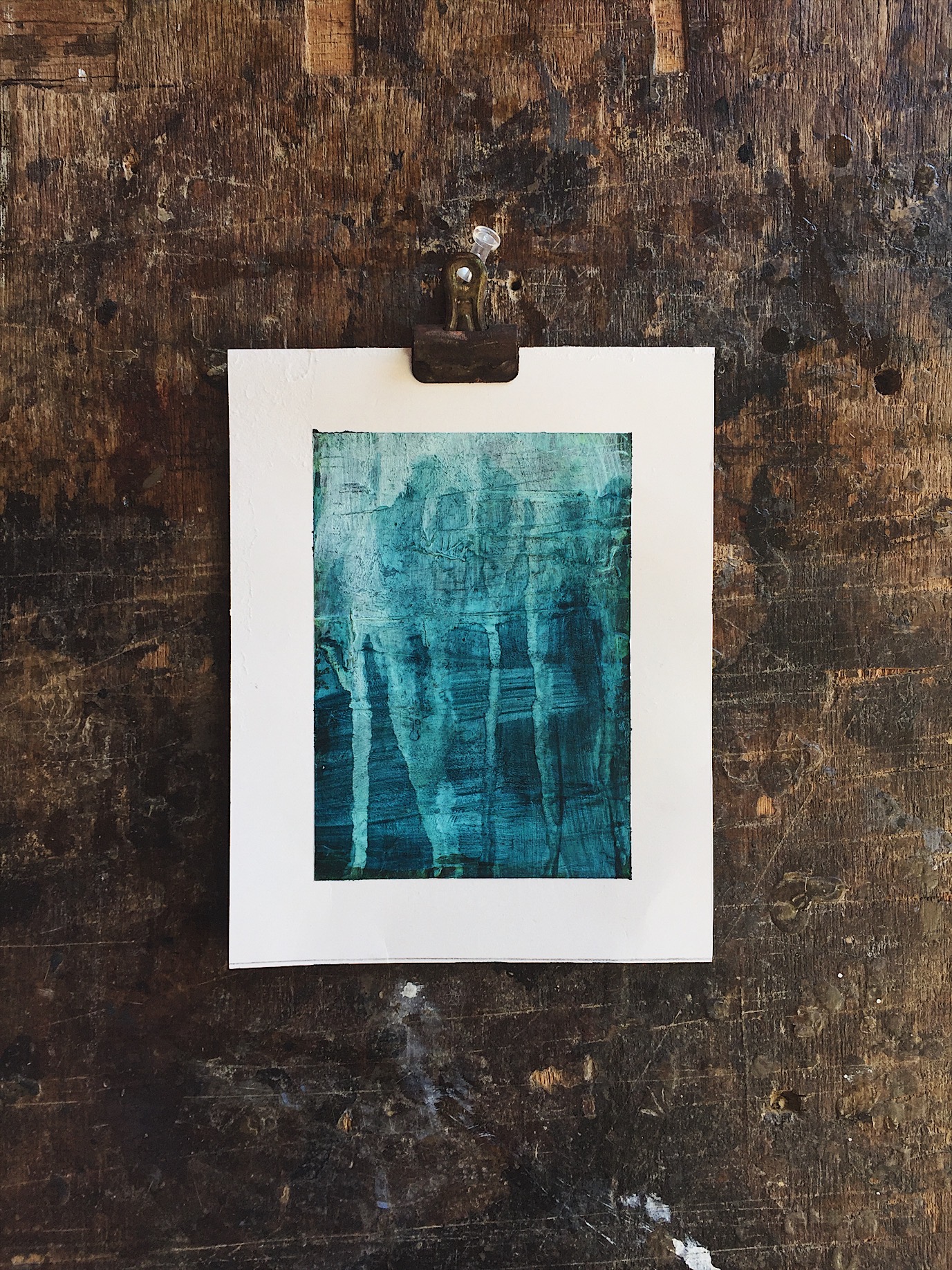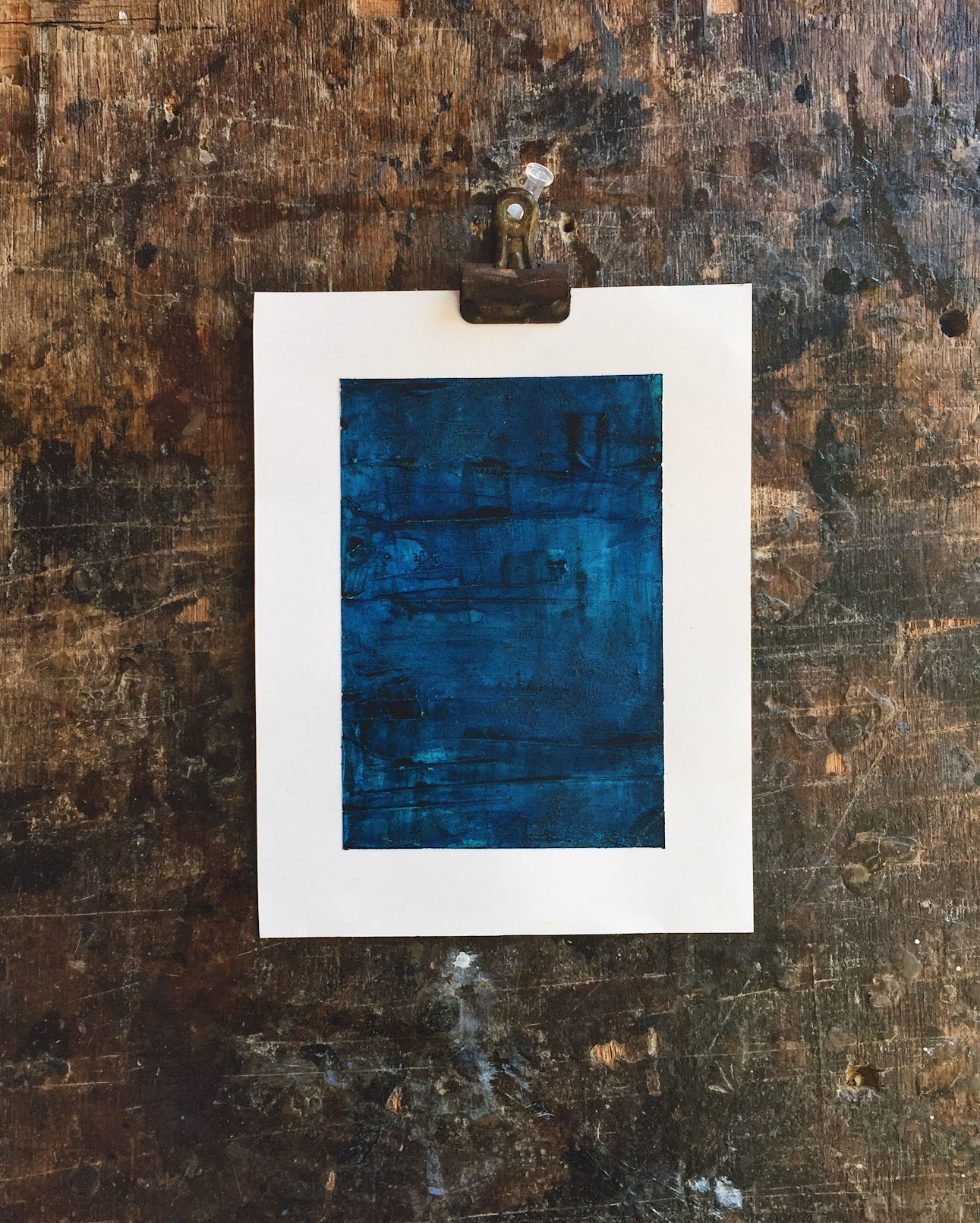All over the web, there are articles and posts with social media advice for artists with titles like, "Grow your followers by 1000 in 10 days!". There are other more real life advice ones, but a lot of them are professing to help artists aim towards the goal of selling on IG and Facebook. There's just one problem. It won't work.
I'm exaggerating, but not too off the mark as it might sound. The reason is that almost all of that advice was given before the algorithms of Facebook and IG changed. Frankly, the only social media advice I come across on how to strategize with these new challenges are sites and podcasts and blogs for the business world. So it's time for artists to really look at marketing on social media from a business side of view, not just the pretty visual side of view.
I'll go in depth more on Instagram and Facebook in future posts, but artists need to realize that organic reach is only going to go down. Followers and likes don't really count anymore in terms of getting your page or feed seen. In some ways, this levels the playing field. In some ways, it's incredibly annoying if you're an artist just starting out on your marketing journey. (Like, really annoying.) Let's face it, Facebook is a pay-to-play site now for businesses, and Instagram is becoming so as well. Not surprising, because Facebook owns Instagram.
The biggest takeaway I have from what I've been reading and listening to is that your email list is gold. Your focus shouldn't be on just getting likes and followers, your focus should be on directing traffic to your website and getting subscribers to your newsletter. Also, focus more on SEO. That's something I'm still learning about; it kind of makes my head hurt, but I know it's important. My partner has been working on Google ads for his business, and I'm hoping I can recruit him to write an article.
That's where blogging comes in. That is, blogging on your website. Luring people in with good, interesting content. (That sounds so awful and sneaky. But true.) Using SEO (search engine optimization) to be found more easily in searches. I see so many artist blogs on their website where the last post is dated January 16, or 2015 and 2014 dates in general. Social media has taken the place of blogs for many people in the last couple of years, but it's time to think about going back to blogging. Social media traffic is useless for you if it's not funneling traffic to your website. It's kind of like art school art show openings where all the students show up for the free food.
We'll go into ideas for writing in another post, but get your blog out of the deep freeze...or if you don't have one, start one!
You're going to be hearing a lot more from me on social media marketing for artists, because all this information is important and I just am not seeing it anywhere else. Let me rephrase that. I'm not seeing it anywhere where I don't have to buy an e-book or buy and e-course. There is nothing more annoying to me to click on a Pinterest link that sounds informative only to find a few sentences and then the e-book I'm supposed to buy if I want to learn that information. I don't know about you, but I am a little fed up with every website (for artists, specifically, but for non-artists, too) trying to sell me something.
I want to sell my art, of course. However, I also want you to have the information that I'm learning, and I want you to have it for free.
Print on the wall is Flaming Flowers.
Have you signed up for my newsletter yet?





